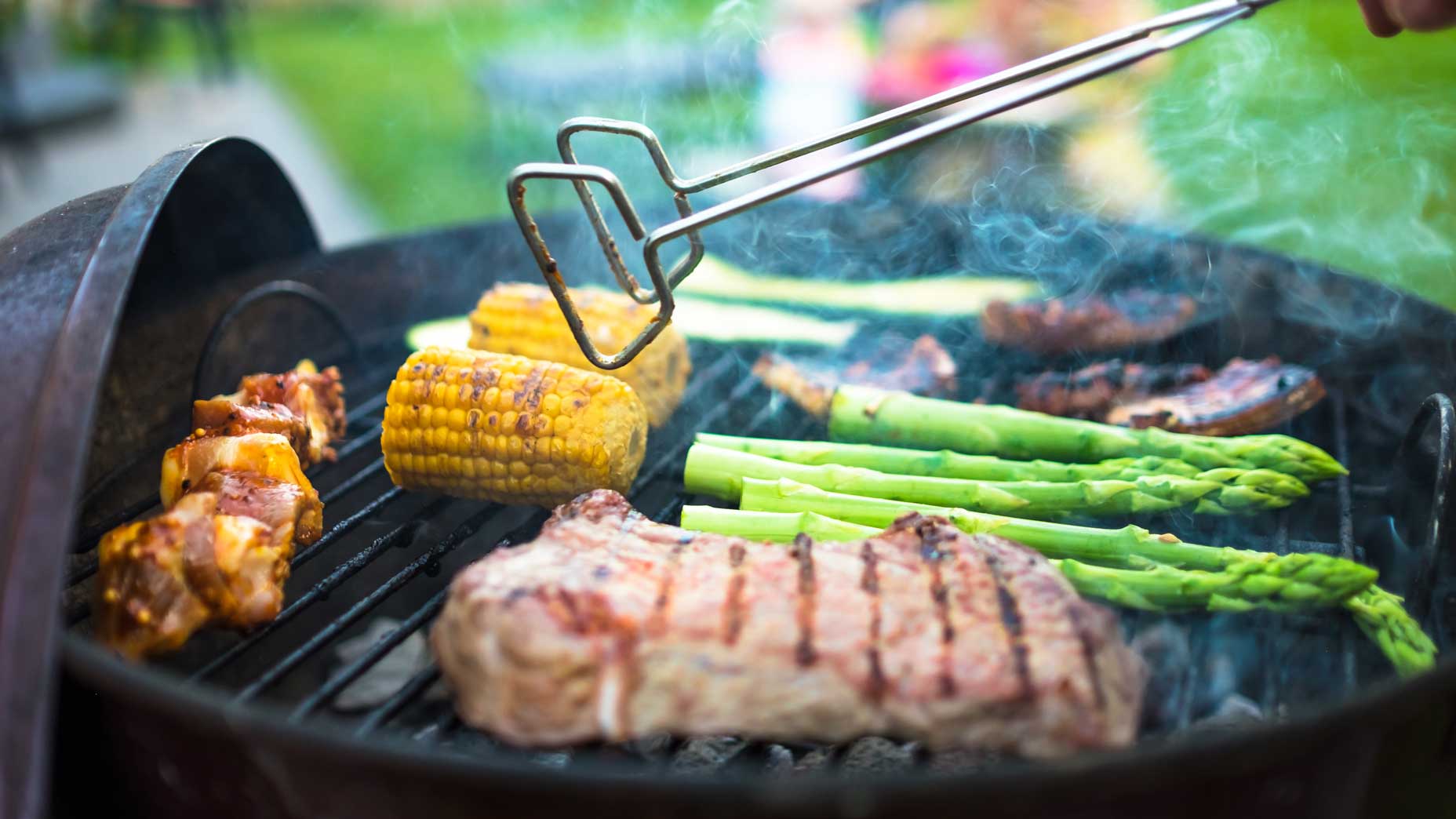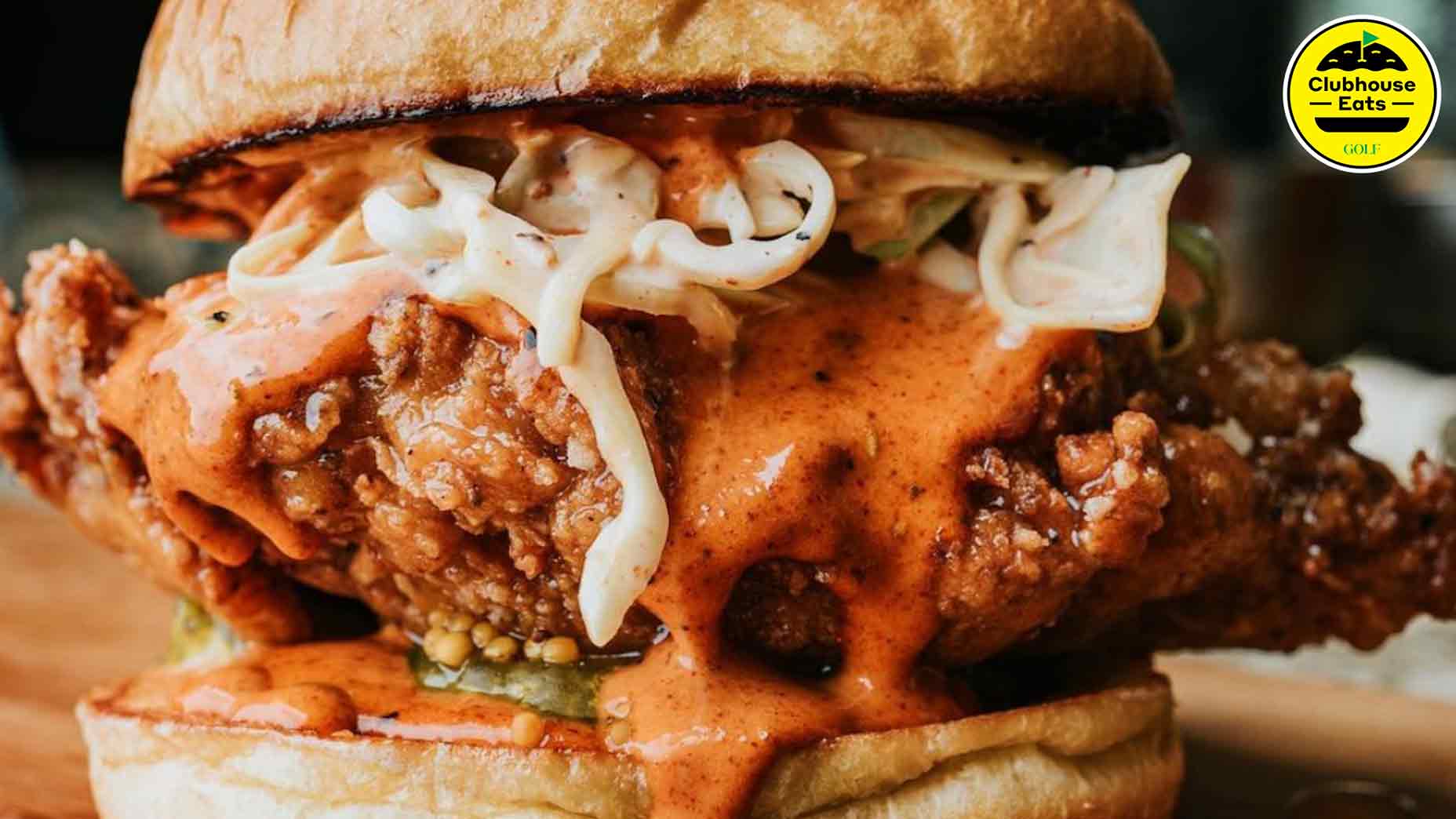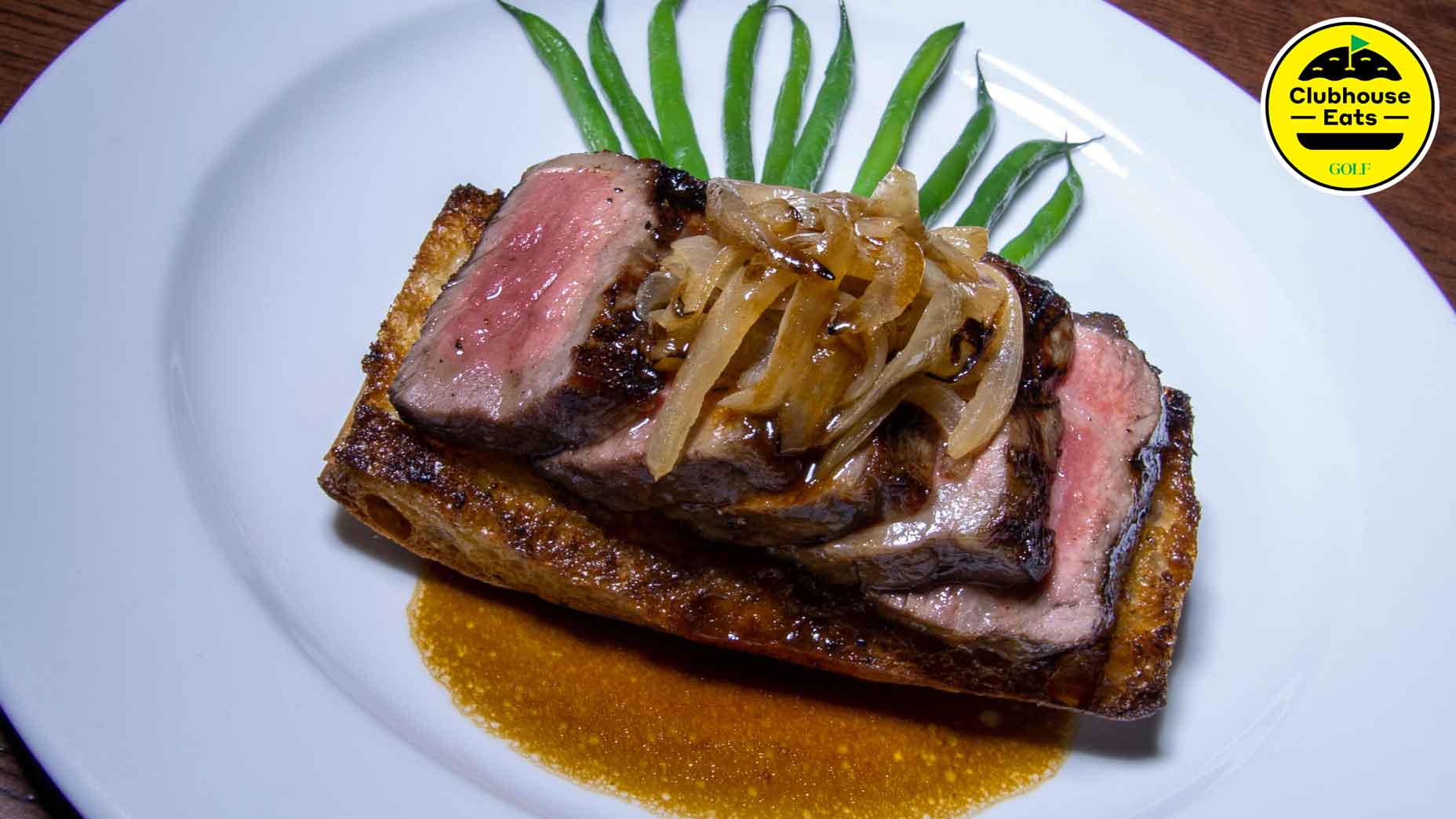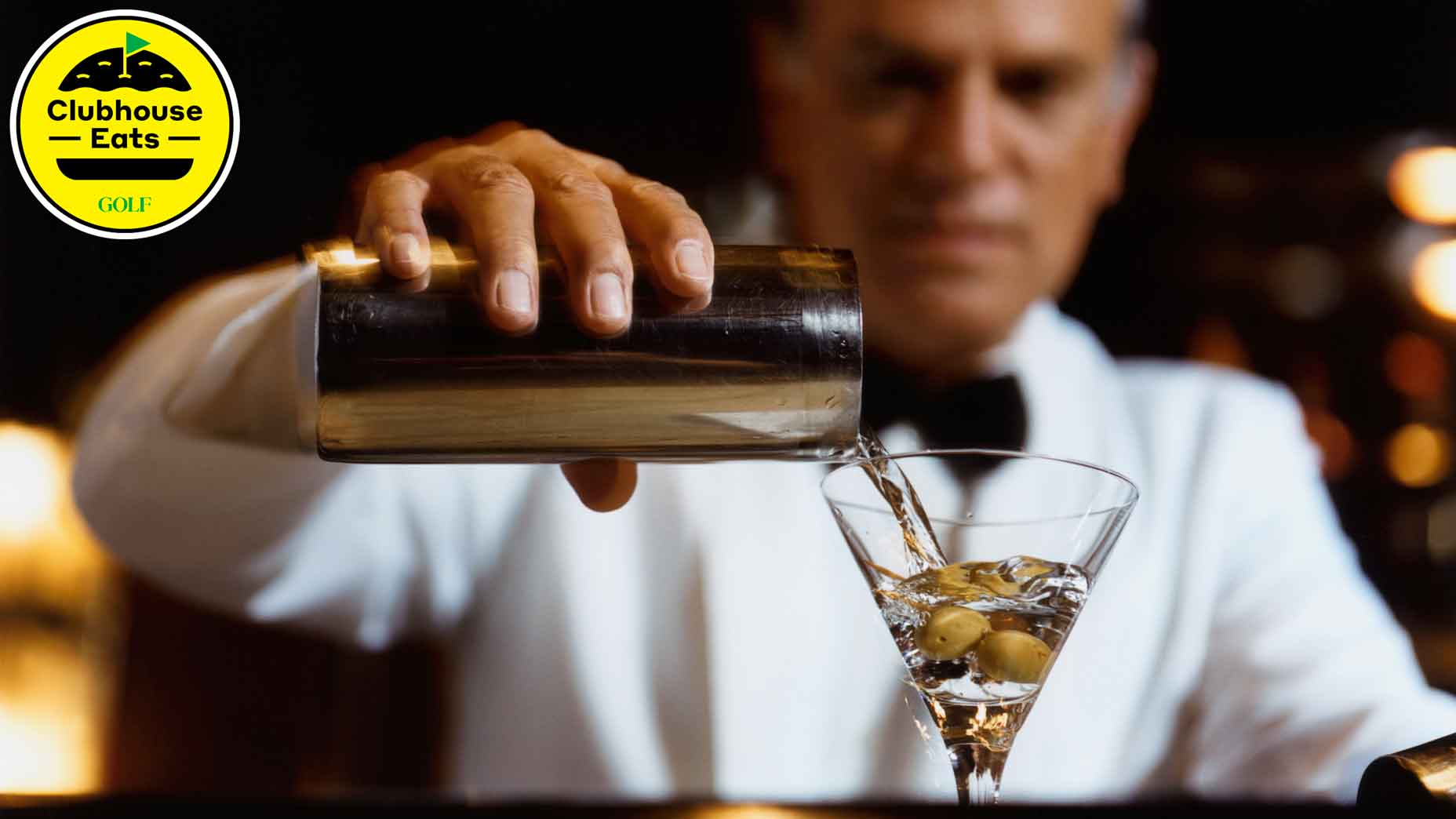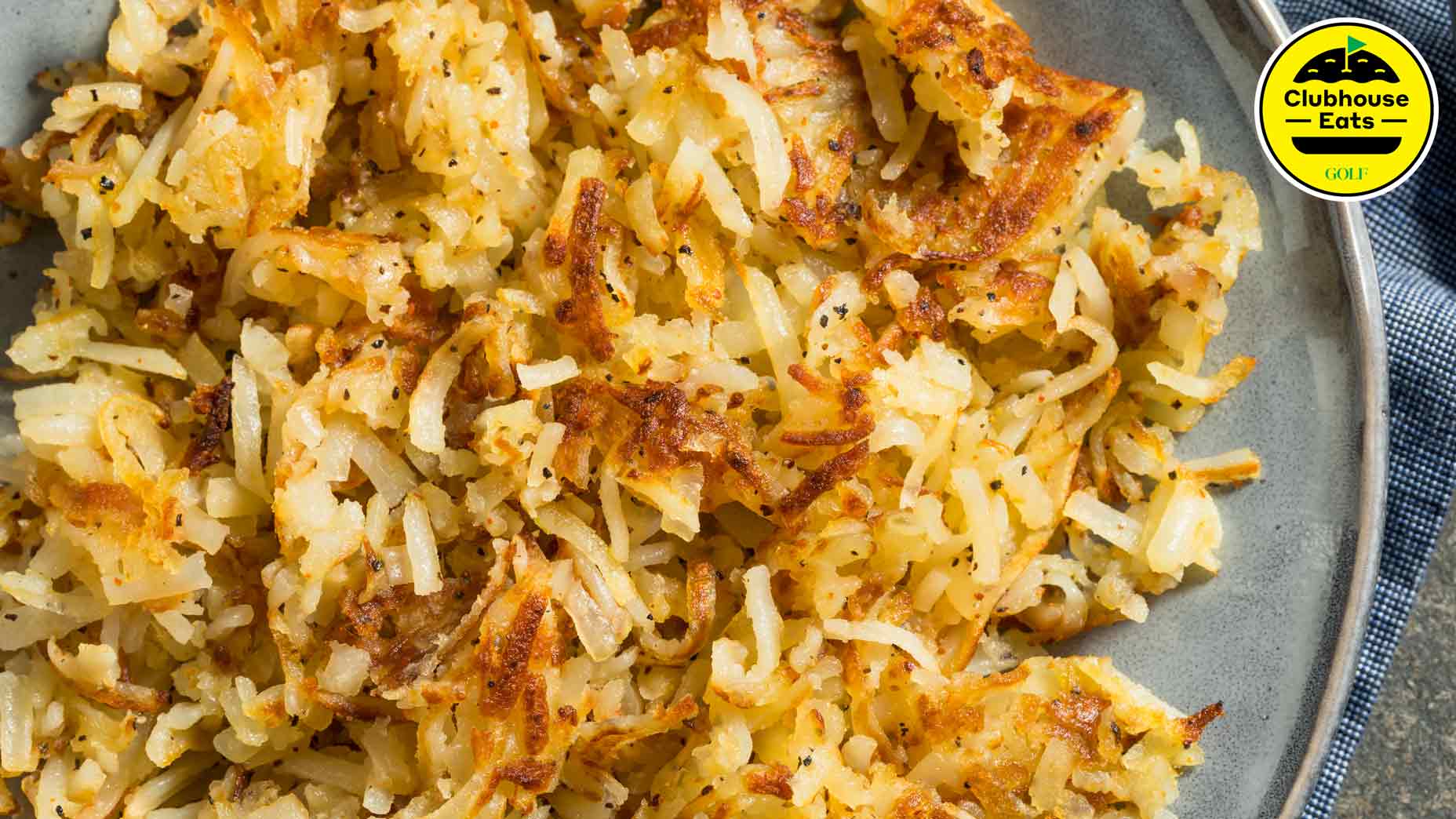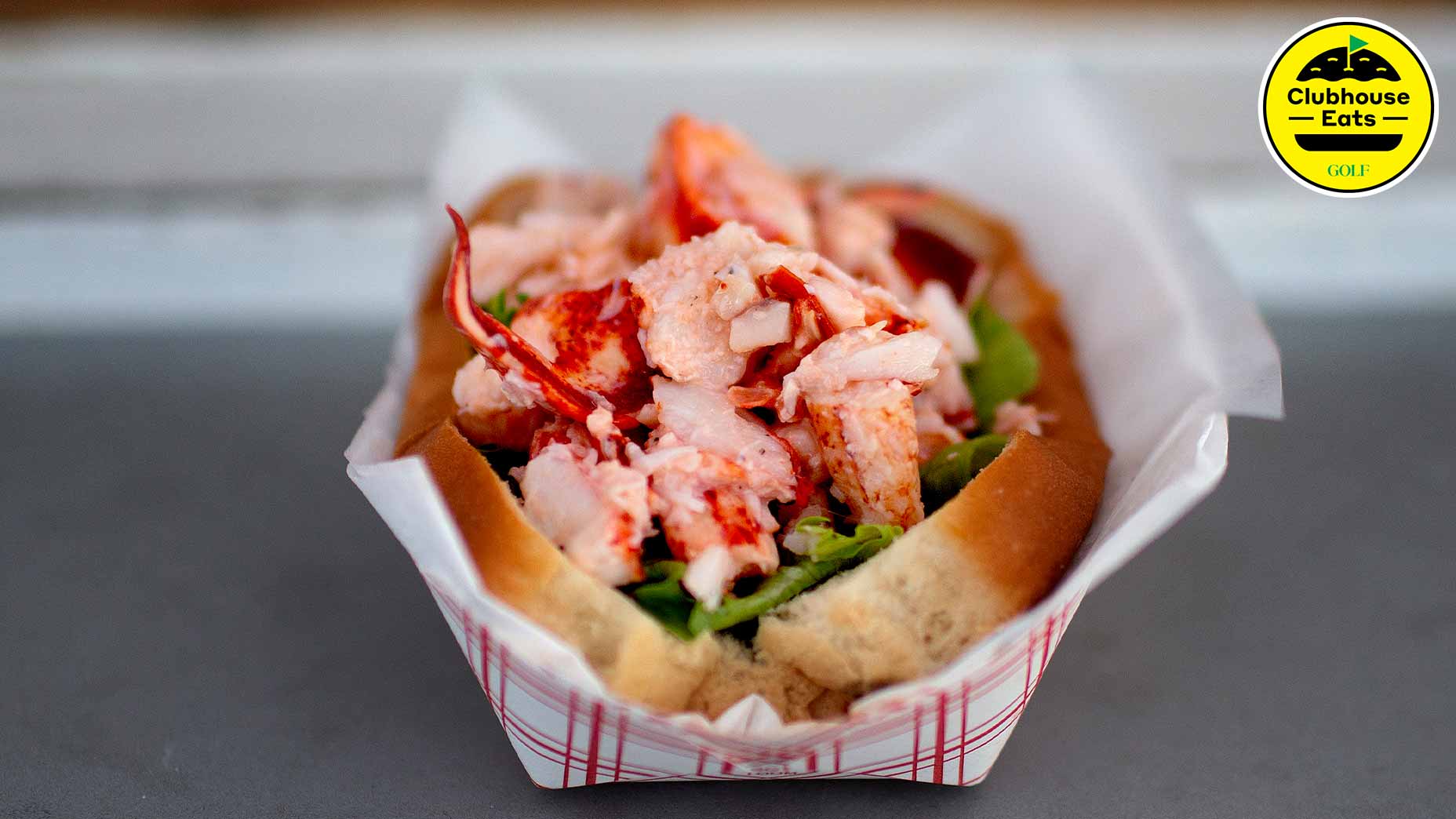Welcome to Clubhouse Eats, where we celebrate the game’s most delectable food and drink. Hope you brought your appetites.
According to archaeological research, the controlled use of fire dates back at least 400,000 years. But even after all that time, we still mess up when grilling.
Shaun Lewis is a classically trained chef and the general manager at Old Westbury Golf & Country Club, on Long Island. With cookouts cropping up across the country this Labor Day weekend, we asked him about 5 of the most common grilling mistakes, and how to avoid them.
The secret to making a perfect fried-chicken sandwich, according to a professional chefBy: Josh Sens
Insufficient Heat
Starting on a cold grill yields lukewarm results. “You want to get those grates rip-roaring hot,” Lewis says. If you’re using charcoal, open the vents at the bottom to promote air flow and burn the coals until they’re white hot. With a gas grill, crank the burners up. You can then adjust the heat depending on what you’re cooking.
A Dirty Grill
Greasy, gunky grills can produce flare-ups and impart unpleasant flavors. Once you’ve got the heat on high, scrape the grates clean with a grill brush, then drizzle a towel lightly with neutral cooking oil and use it to wipe off any lingering residue. Dirty trays under the grill can also lead to flare-ups and grease fires. A layer of tin foil helps prevent those problems. If you do get flare-ups, douse them with kosher salt, not water.
Improper Time and Temp
Different cuts require different treatment. A thick sirloin, for instance, calls for high heat at the start to a create nice char, followed by lower, slower cooking so the outside doesn’t blacken before the inside is cooked through. A thin burger or a pounded chicken is a different story. You’re better off flash-cooking them on high. The varieties are boundless, and a lot of choices come down to experience. But following a recipe is never a bad idea.
The secret to making a perfect steak sandwich, according to a golf-club chefBy: Josh Sens
Not Tempering the Meat
Straight from the fridge onto the grill is not the way to go. Starting with cold ingredients leads to uneven cooking. Whatever you’ve got on the menu, let it come to room temperature before you slap it on the grates. It’s also important to pat your proteins dry, as excess moisture will steam the meat and prevent the delicious caramelization, you’re likely after.
Forgetting to Let it Rest
Though it’s tempting to start eating right away, those first bites will be better if you wait, as it gives time for the juices to distribute evenly. If you cut immediately, all those delicious flavors will just ooze onto the cutting board or plate. Five to 10 minutes should do it, depending on the cut. Use that extra time to set the table and pour the drinks, Lewis says. “And make sure the dog doesn’t get the meat while you’re getting ready.”
